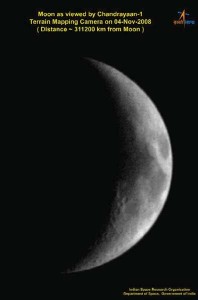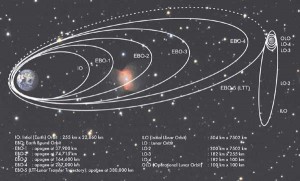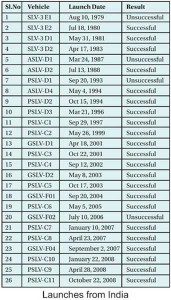In the past five decades, though several missions, both manned (USA) and unmanned (USA, former USSR, Japan, China and the European Space Agency) spacecraft have explored the Moon, nevertheless, every important aspect of the Moon is still not known to humans or fully understood by them. Thus, there are many secrets, which the Moon is yet to reveal.
These concern the origin and evolution of the Moon, understanding of its mineralogy. There is abundance of Helium-3, said to be a relatively clean fuel for the future nuclear fusion reactors. And, of course, there is presence of water ice in the permanently shadowed regions of the moon’s polar areas that excites the global scientific community.
Thus, from the point of view of human intellectual quest as well as in the context of the meeting the future needs of humanity, exploration of the Moon is very important.
Contemporary Missions: In the past few years, there has been a renaissance with regard to lunar exploration. Many countries and international space agencies, including the European Space Agency (ESA), Japan, China, the US and Russia have undertaken or in the process of undertaking unmanned exploratory missions to Moon. These missions intend to seek answers to some of the fundamental questions that concern the Moon. India’s Chandrayaan-1 is an integral part of that renewed interest of the international scientific community about the Moon.
 India in Space: Today, India is one of the very few countries that has significant achievements to its credit in the area of space. Till now, 51 spacecraft have been built for India including Chandrayaan-1. These include communications, meteorological (weather forecasting), multipurpose, remote sensing and scientific satellites. Of these, 27 have been launched from India itself. With adequate expertise and experience, with many successes in earth orbit in building, launching, maintaining and, more importantly, utilising a variety of satellites, ISRO then took up the challenge of Chandrayaan-1 – its first step beyond earth orbit into deep space.
India in Space: Today, India is one of the very few countries that has significant achievements to its credit in the area of space. Till now, 51 spacecraft have been built for India including Chandrayaan-1. These include communications, meteorological (weather forecasting), multipurpose, remote sensing and scientific satellites. Of these, 27 have been launched from India itself. With adequate expertise and experience, with many successes in earth orbit in building, launching, maintaining and, more importantly, utilising a variety of satellites, ISRO then took up the challenge of Chandrayaan-1 – its first step beyond earth orbit into deep space.
Chandrayaan-1 is India’s first spacecraft mission beyond Earth’s orbit. It aims to further expand our knowledge about Earth’s only natural satellite, the moon. With well defined objectives, Chandrayaan-1 mission has put an unmanned spacecraft into an orbit around the Moon to perform remote sensing of our nearest celestial neighbour for about two years, using eleven scientific instruments built in India and five other countries.
The primary objectives of Chandrayaan-1 are:
- To upgrade the technological base in the country
- To place an unmanned spacecraft in an orbit around the Moon
- To conduct mineralogical and chemical mapping of the lunar surface
Chandrayaan-1 aims to achieve these objectives through high-resolution remote sensing of the Moon in the visible, near-infrared, microwave and X-ray regions of the electromagnetic spectrum. A three-dimensional atlas of the lunar surface and chemical and mineralogical mapping of entire lunar surface will be prepared.
Also read: Space: the emerging battleground
The Payloads: There are 11 payloads (scientific instruments) through which Chandrayaan-1 intends to achieve its primary objectives. They include five instruments entirely designed and developed in India, three instruments from European Space Agency (one of which is developed jointly with India and the other with Indian contribution), one from Bulgaria and two from the United States. Thus, Chandrayaan-1 is an excellent example for international cooperation in exploring space.
 The Spacecraft: Chandrayaan-1 spacecraft carrying 11 scientific instruments weighed about 1380 kg at the time of its launch and is shaped like a cuboid with a solar panel projecting from one of its sides. The state of the art subsystems of the spacecraft, some of them miniaturised, facilitate the safe and efficient functioning of its 11 scientific instruments.
The Spacecraft: Chandrayaan-1 spacecraft carrying 11 scientific instruments weighed about 1380 kg at the time of its launch and is shaped like a cuboid with a solar panel projecting from one of its sides. The state of the art subsystems of the spacecraft, some of them miniaturised, facilitate the safe and efficient functioning of its 11 scientific instruments.





